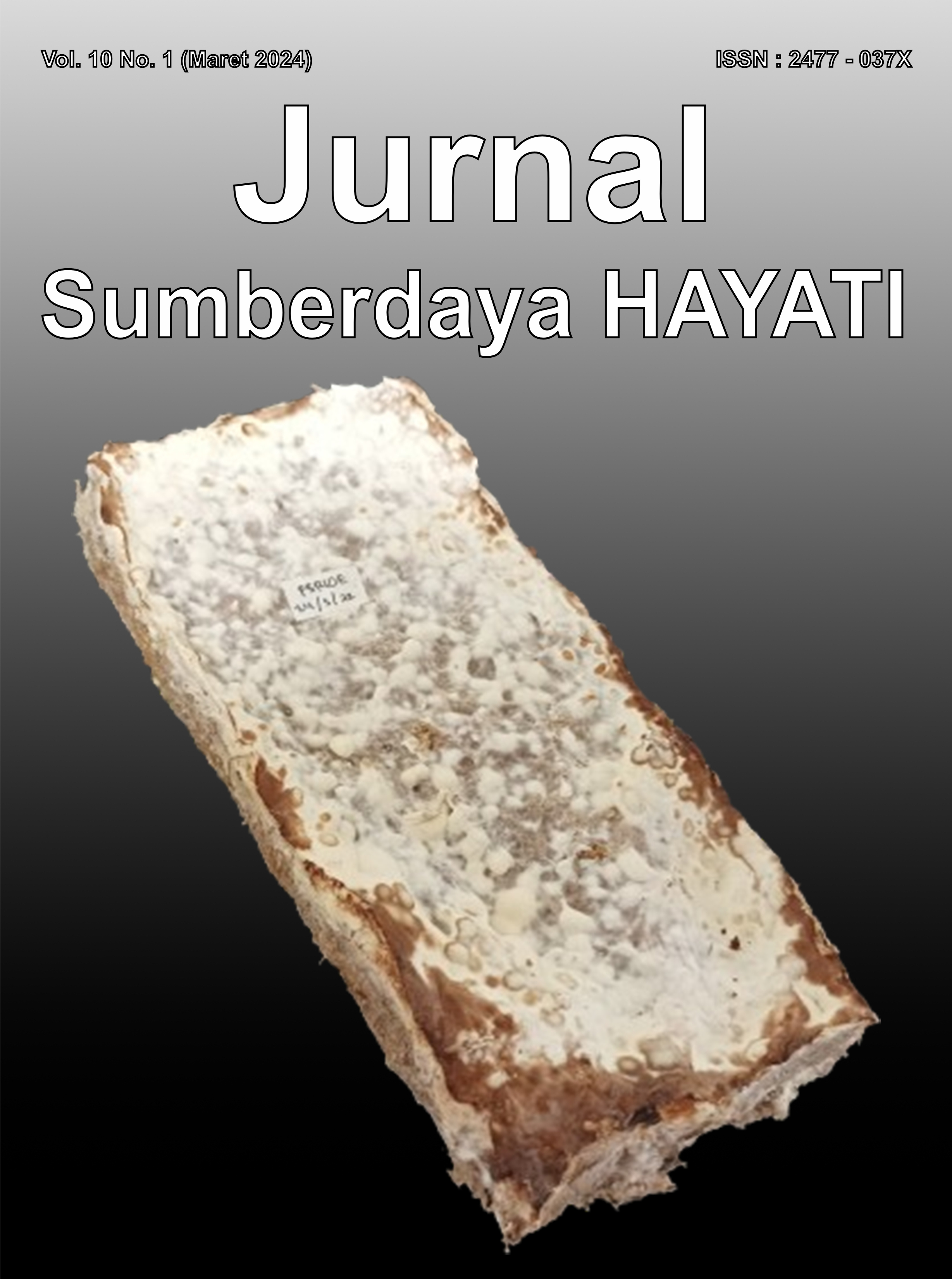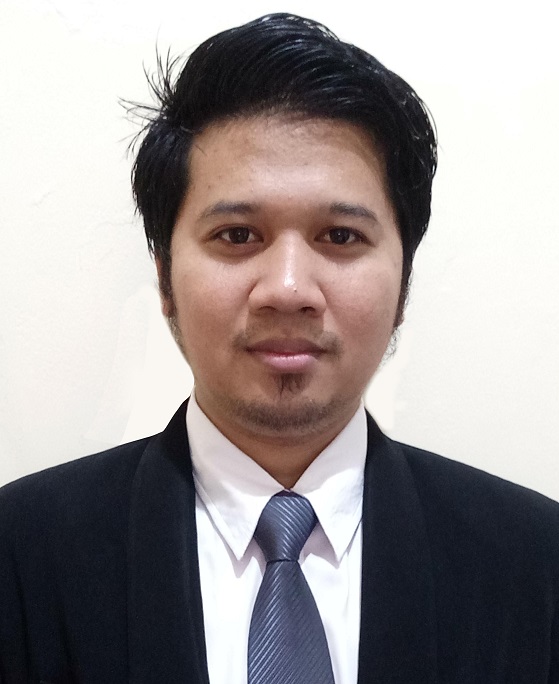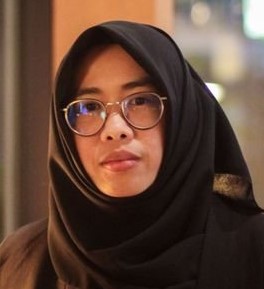Quantitative Analysis of Phytochemical Compounds and Antihyperglycemic Potential of Robusta Coffee from West Lampung
Abstract
West Lampung Regency in Lampung Province produces high quality robusta coffee with a distinct, strong bitter flavour. Bitter flavour indicates the amount of bioactive substances produced by plants called phytochemicals. The aim of this study is to analyse the phytochemical compounds and antihyperglycemic potential of robusta coffee beans from West Lampung, Indonesia. Quantitative phytochemical analysis was carried out using the thin layer chromatography method and spectrophotometry. Animal experimental design using robusta coffee on hyperglycemia conditions in mice which was induced by alloxan 170 mg/kgBW subcutaneously and given by 1 ml of brewed robusta coffee for 10 days. The robusta coffee from West Lampung contained total caffeine 4,014.87 µg/g, total flavonoid content (TFC) 93.6 mg quercetin equivalent per gram of sample, with total alkaloid content (TAC) 0.848 mg of quinine equivalent per gram of sample, total tannin content (TTC) 182.3 mg of tannic acid equivalent per gram of sample, and total saponin content (TSC) 24.2 mg of quillaja bark equivalent per gram of sample. The administration of 1 ml/mice/day of robusta coffee brewed for 10 days did not show a decrease in blood sugar level in hyperglycemic mice, due to the short duration of the study, so the role of coffee in decreasing hyperglycemia conditions has not been optimally observed.
Downloads
Copyright (c) 2024 Iffa Afiqa Khairani, Jeane Siswitasari Mulyana, Rahel Noviantika Olivia, Elisa Nurma Riana, Hida Arliani Nur Anisa

This work is licensed under a Creative Commons Attribution 4.0 International License.
Authors who submit and publish with this journal agree to the following terms:
1. Authors retain copyright and grant the journal/publisher non exclusive publishing rights with the work simultaneously licensed under a Creative Commons Attribution 4.0 International License.
![]()













